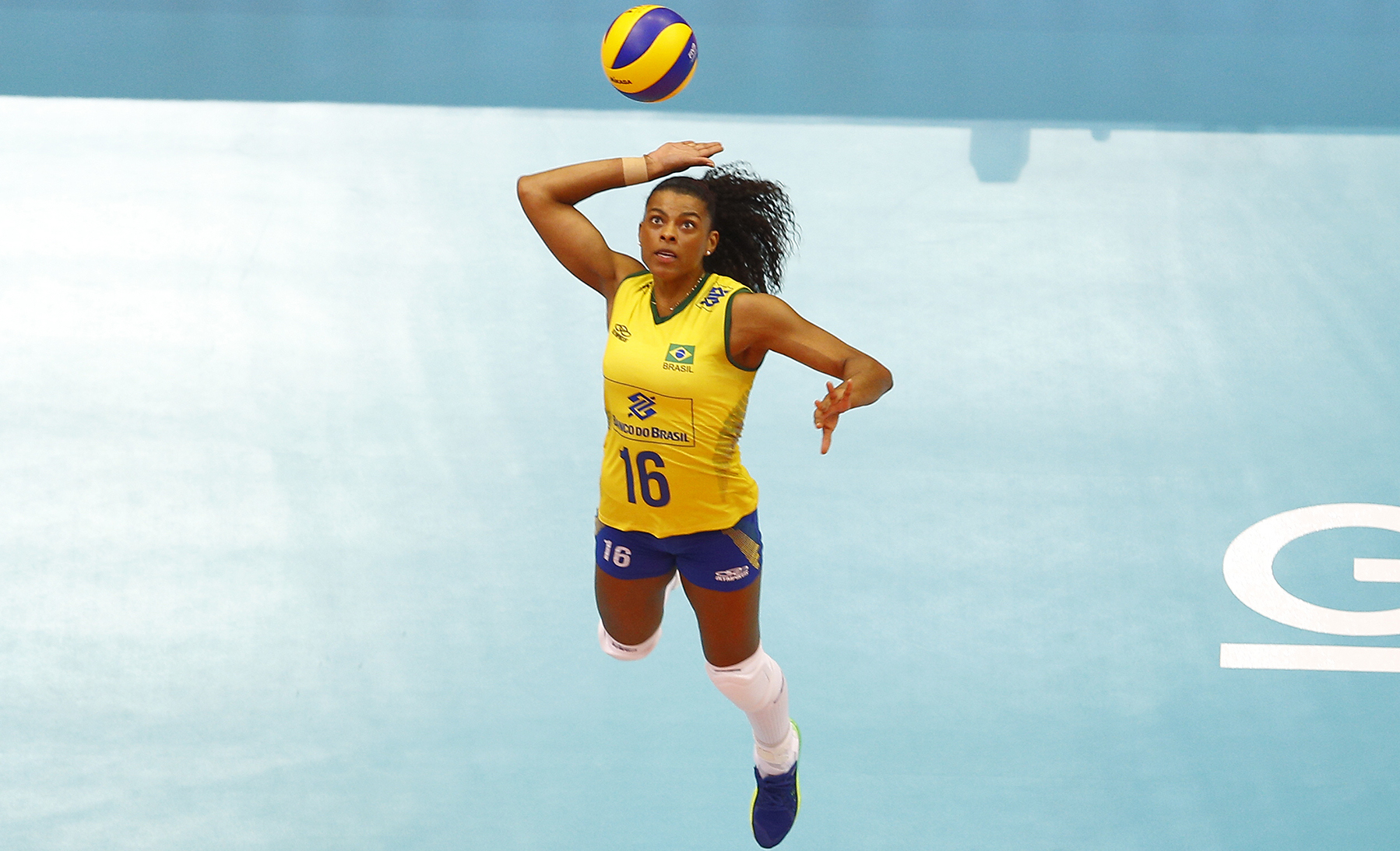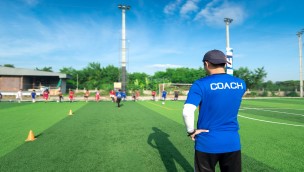Jumper's knee
As the name suggests, jumper's knee is an injury that affects athletes in sports that involve a lot of jumping. Research has demonstrated that in sports like volleyball and basketball, as many as 40-50% of athletes at the elite level are affected by jumper's knee at any given time.

It is not just in volleyball and basketball that jumper's knee is widespread. This injury is also quite common in soccer, athletics, and other sports that require a quick and powerful straightening of the leg. Research also shows that this injury is twice as common in male athletes than in female athletes.
Painful tendon
In technical language, jumper's knee is also known as patellar tendinitis, patellar tendinosis, or patellar tendinopathy (painful tendon).
Jumper’s knee is an overuse injury that occurs gradually over time. The injury is usually characterised by slowly increasing pain, but in some cases, the symptoms happen abruptly. Many athletes continue to train and compete until the problem is so severe that they have no choice but to seek treatment.
The paradox with jumper's knee is that those who have the injury usually perform better on jump tests than those who are symptom-free. Having said that, jumper's knee can also be very restrictive, and the pain often makes it impossible to participate in normal sporting activities.
Characteristics
Jumper’s knee pain usually occurs during training, when the tendon of the anterior thigh muscle, quadriceps (patellar tendon) is affected. In the vast majority of cases (80 - 95%), the pain is located just below the kneecap. But it can also occur just above the kneecap or where the tendons attach to the shin. The pain is accentuated by a heavy load on the tendon, for example by jumping or changing direction quickly. A doctor or physiotherapist can make a diagnosis based on the symptoms. The use of ultrasound or MRI pictures can be useful, but any potential findings should be interpreted with caution. It is, in fact, normal to see degeneration of the tendons in ultrasound or MRI even in symptom-free athletes.
Risk factors
In volleyball and other jumping sports, it is often those who jump the highest and most frequently, and those who play the most who develop this injury. A rapid increase in training volume can increase the likelihood of developing the condition.
As mentioned above, male athletes are twice as susceptible to jumper's knee as female athletes. A possible explanation is that men have a greater ability to develop the strength of their thigh muscles (quadriceps). They perform the same number of jumps as female athletes, but with a different amount of force. Men have also been shown to jump higher, something that contributes to increased stress on the tendon. Having only a small amount of variation in the type of training can also be a risk factor because it places a monotonous load on the tendon. Age, height, weight, flexibility, and strength are also possible risk factors.
Treatment and rehabilitation
Treatment of jumper's knee usually takes a long time, and a key question is whether or not complete rest of the knee helps. The answer to this is no: some days, weeks or even months in rest will not heal the injury. In contrary, even though the pain will disappear, complete rest will reduce the tendon's tolerance even more, and the problems often return. Still, resting is advisable if the pain persists the day following the activity, or if it comes abruptly after an increase in training.
The good news is that the primary treatment for jumper's knee is a well-structured training program. Currently, two recommended exercise programs exist: Eccentric training is a training approach which was developed for the treatment of achilles tendonitis. Research have demonstrated that the same program also can be used effectively in players with jumper’s knee. Heavy slow strength training is the type of training that works best for the athletes, particularly the elite athletes.
However, the effect of these programs has proven to be ineffective if the athlete continues to participate in sport as usual. Unfortunately, to achieve optimal program results, you will have to stop with all other painful training activities. Usually, this means a volleyball player should stop playing volleyball, and a high-jumper should stop jumping or do other plyometric training while doing the program.
Importantly, whether you choose the eccentric or the heavy slow strength training program, it may and often will be painful. A fundamental part of the program is to increase the load as soon as the training program is no longer painful. This is described more comprehensively in the programs, but when using a pain scale from 1 to 10, with 1 representing no pain and 10 the worst pain one can imagine, then acceptable pain levels during the exercises are at 4-5.
Fitness should be maintained by employing alternative training activities, such as cycling or water running. The athlete must also have realistic expectations of the rehabilitation process. It can take a long time, so patience and discipline are necessary. Significant improvements can first be expected after at least 6-8 weeks. If the program has not been successful after at least 3 months, alternative treatments, such as injections and/or surgery, may be considered. This decision should be made on an individual basis and only as a last resort.


